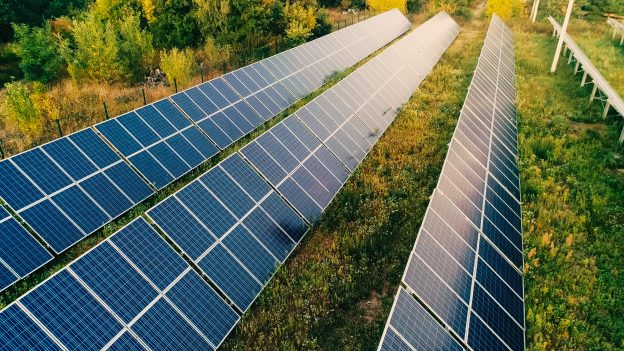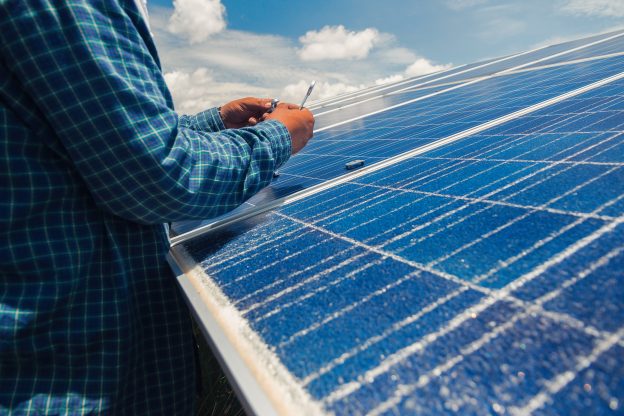Polysilicon:
Polysilicon prices have remained stable throughout the week. The mainstream concluded price for mono recharge polysilicon is RMB 57/KG, while mono dense polysilicon is priced at RMB 55/KG and N-type polysilicon is currently priced at RMB 64/KG.
Most companies have locked in orders for January 2024, keeping order prices steady. On the supply side, polysilicon production schedules have slightly increased, resulting in a supply that still exceeds downstream customer demand. Particularly, there's an excess supply of P-type polysilicon due to new production capacity. On the demand side, crystal pulling manufacturers are rapidly adjusting N-type wafer output proportions, leading to a stable and increasing demand for N-type polysilicon. However, the production proportion of N-type polysilicon hasn't kept up, causing a mismatch in supply and demand. This imbalance is driving N-type polysilicon manufacturers to maintain higher prices. Overall, with low inventory and increased support for polysilicon costs, manufacturers are more inclined to sustain current prices. Presently, both P-type and N-type polysilicon prices remain stable, and future trends hinge on changes in demand.
Wafer:
The prices of wafer have diverged throughout the week. The mainstream concluded price for M10 P-type wafer is RMB 1.95/Pc, while G12 P-type wafer is priced at RMB 3.00/Pc. The mainstream concluded price for M10 N-type wafer is RMB 2.05/Pc and G12 N-type is priced at RMB 3.20/Pc.
P-type Wafers: Manufacturers of P-type wafers temporarily cut production and speed up inventory consumption. The balance between P-type wafer demand and supply is maintained, and specialized manufacturers are more committed to supporting prices. Consequently, P-type wafer prices have rebounded slightly this week.
N-type Wafers: Crystal pulling manufacturers adjust the proportion of N-type wafer output, but downstream cell manufacturers' demand hasn't risen. This signals an impending increase in N-type wafer inventory, adding pressure due to accumulating stock. Consequently, N-type wafer prices are under pressure, experiencing a slight decline of 2.38% this week. Meanwhile, P-type product profits recover.
Looking ahead, N-type wafer output adjustments have outpaced demand synchronization in the downstream and upstream segments, exerting pressure on N-type wafer prices for a certain period, keeping profits in the wafer segment low. Post-Spring Festival, there's continued demand for P-type products within the same period. Limited P-type wafer output suggests a potential slight increase in prices in the short term. However, the rapid increase in N-type wafer output, without corresponding downstream demand, will keep N-type wafer prices under pressure, leading to a decline. In the short term, P-type and N-type wafer prices are expected to diverge.
Cell:
Cell prices have diverged this week. The mainstream concluded price for M10 cell is RMB 0.375/W, while G12 cell is priced at RMB 0.380/W. The price of M10 mono TOPCon cell is RMB 0.46/W, while that of G12 mono TOPCon cell is RMB 0.49/W.
P-type Cells: P-type wafer inventory is relatively scarce, providing additional cost support for P-type cells. Additionally, with the shutdown of P-type cell production capacity, the supply and demand for P-type cells have tightened. Cell manufacturers are inclined to maintain their P-type cell prices, resulting in a slight rebound and a marginal increase in profits. However, downstream customers exhibit limited acceptance of P-type prices, keeping trading volumes relatively low.
Turning to N-type cells, the demand from module manufacturers has decreased, leading to a simultaneous reduction in the market demand for N-type cells. Despite this, the supply of high-efficient N-type cells remains limited, ensuring price stability. Consequently, manufacturers capable of producing high-efficient N-type cells face less pressure in shipments, while those producing less efficient cells experience greater shipment challenges. P-type cell prices rebound slightly, while prices for other cell types remain stable this week. Observing the market's price trend, cell prices are anticipated to rise after the Spring Festival. Due to limited output, P-type cell prices are expected to rebound slightly in the short term. Although the growth rate of N-type cell output will increase rapidly, the lack of increased downstream demand will put N-type cell prices under pressure for a certain period.
Module:
Module prices have remained stable throughout the week. The mainstream concluded price for 182mm facial mono PERC module is RMB 0.98/W, 210mm facial mono PERC module is priced at RMB 0.99/W, 182mm bifacial glass PERC module at RMB 1.00/W, and 210mm bifacial glass PERC module at RMB 1.01/W.
On the supply side, module manufacturers have scaled back production schedules to varying degrees, but module output has seen a consistent month-on-month increase for three consecutive years. Beyond leading manufacturers with confirmed orders, other manufacturers are not receiving positive orders. Looking at the output structure, P-type modules contribute to a smaller proportion.
Turning to the demand side, with the impending Spring Festival, customer demand is slowing down, marking the official off-season for domestic demand. While Europe and the United States are depleting their inventory, the actual output from these regions is still pending. In other overseas markets, favorable policies contribute to relatively positive export and import conditions.
In January, manufacturers face less pressure to achieve higher shipments, reducing the likelihood of selling off inventory at low prices. However, the sluggish market demand continues to impact production schedules. The current market price aligns closely with the cost for most manufacturers and even falls below the unprofitable line for some second and third-tier manufacturers. This may prompt them to consider shutting down production lines in the future. January is expected to maintain module prices at the bottom level, and the divergence in market demand for N-type and P-type is likely to increase. Manufacturers should prepare for a demand rebound after the Festival.







